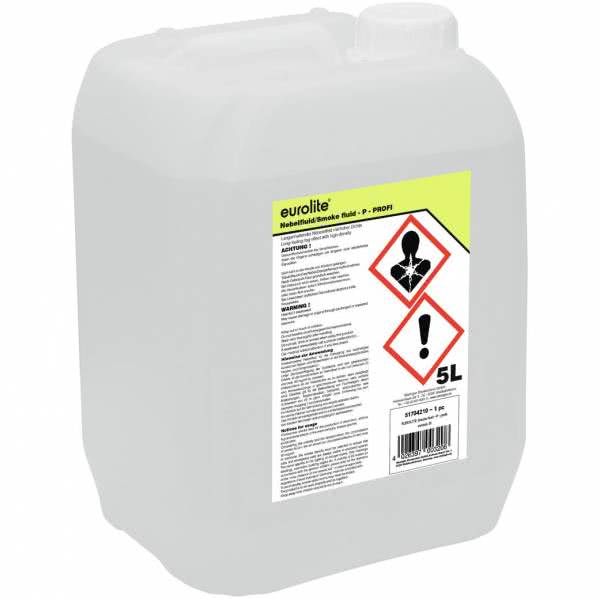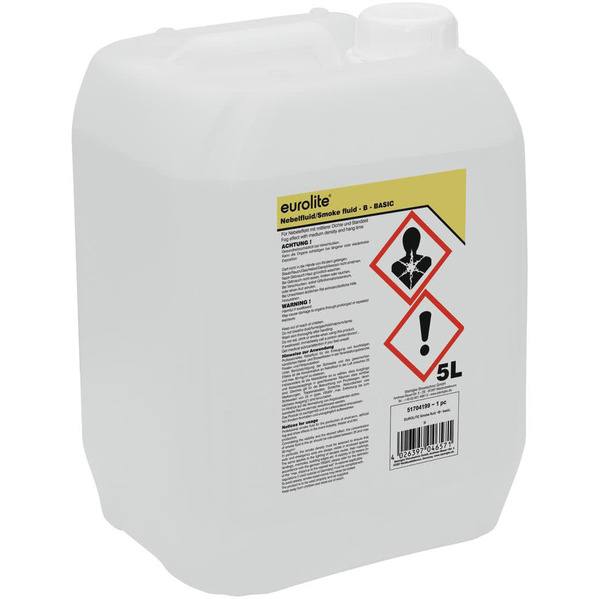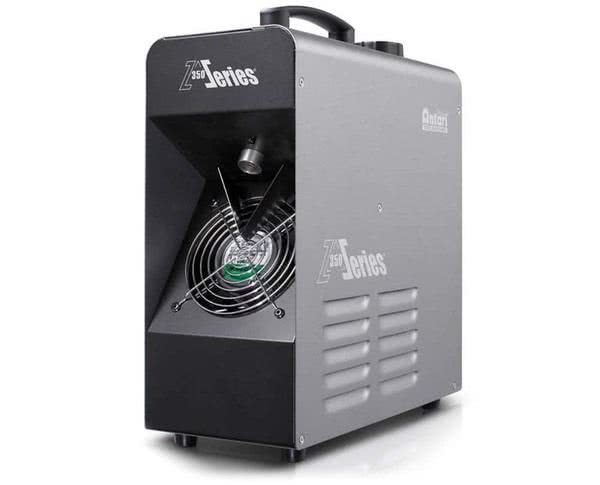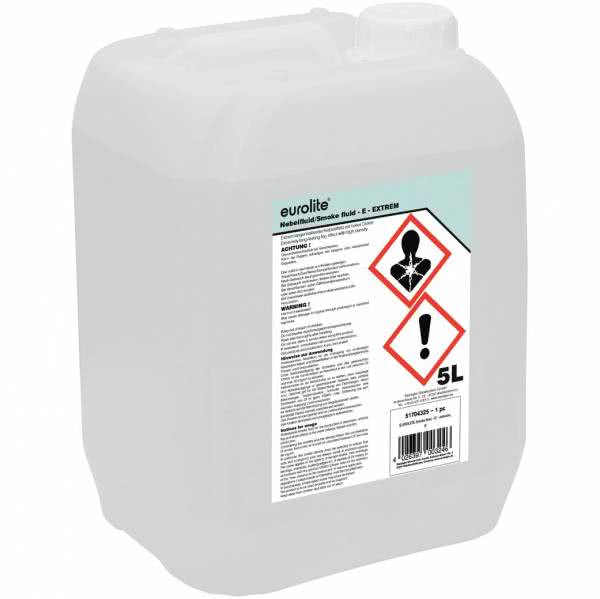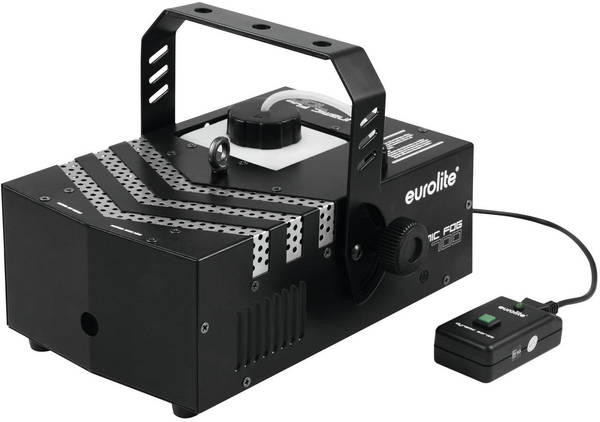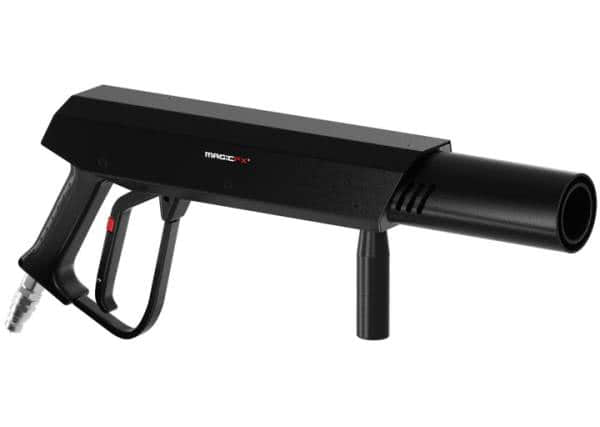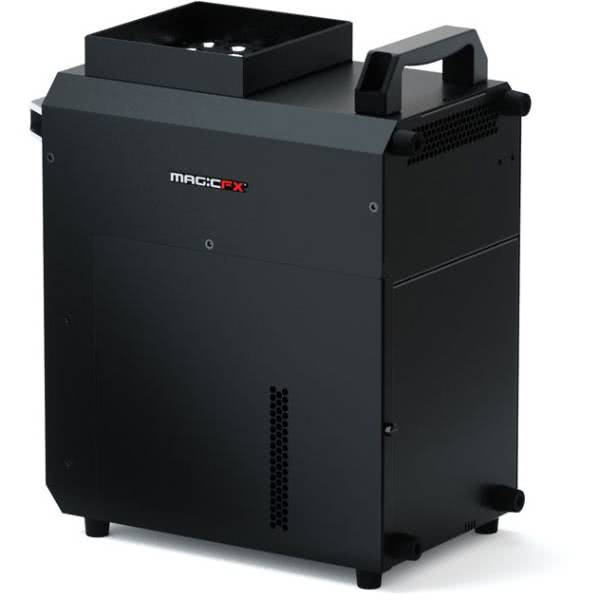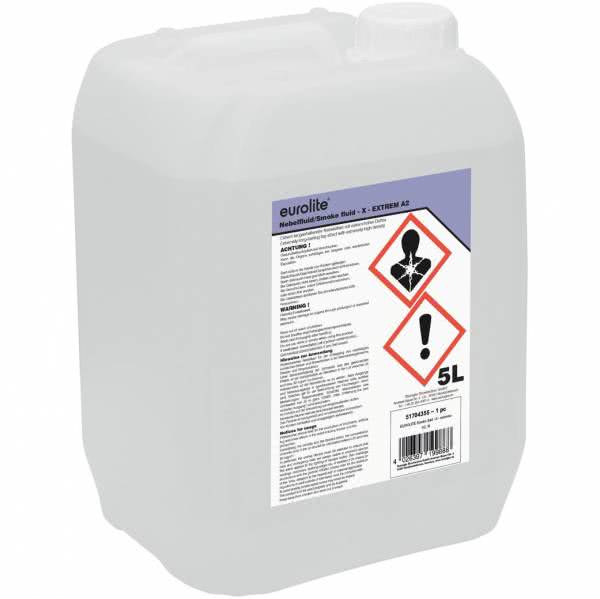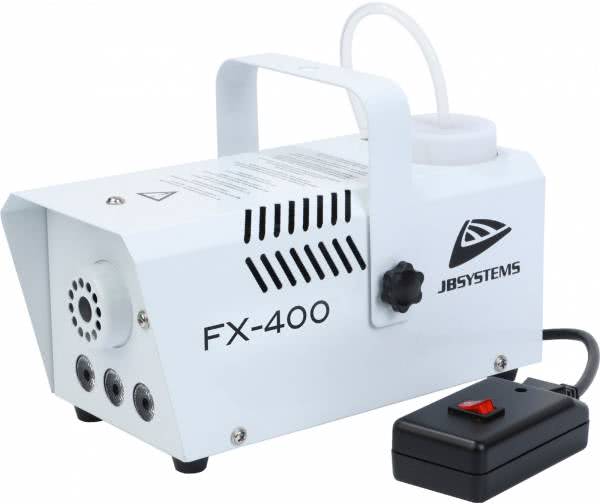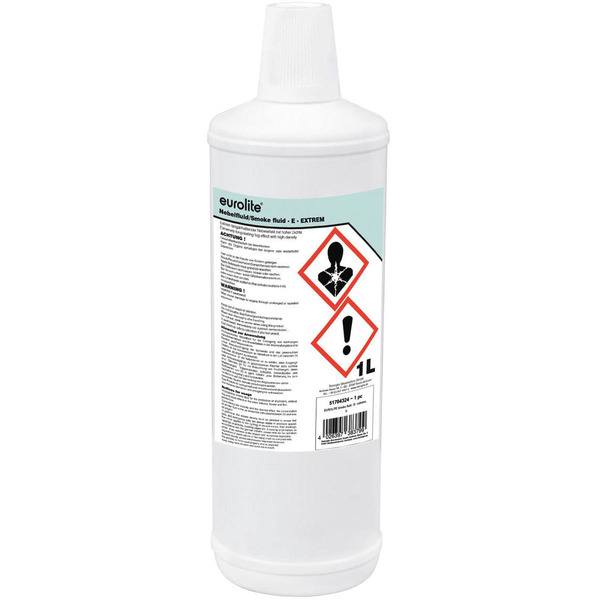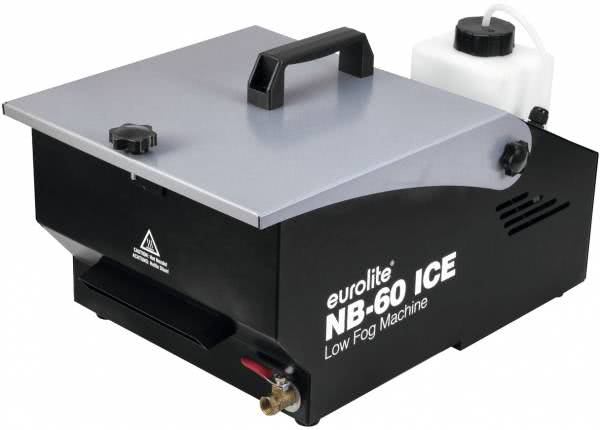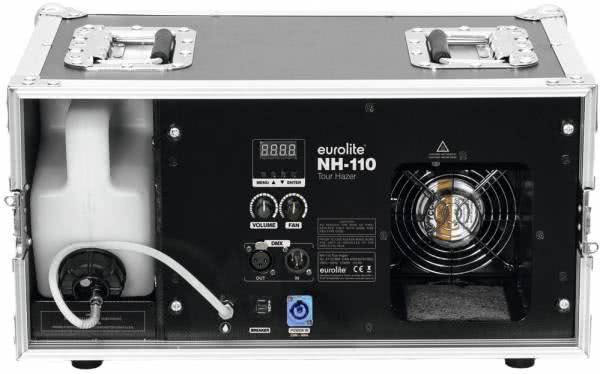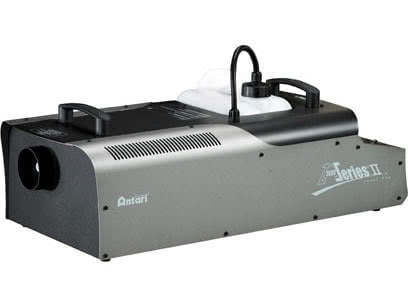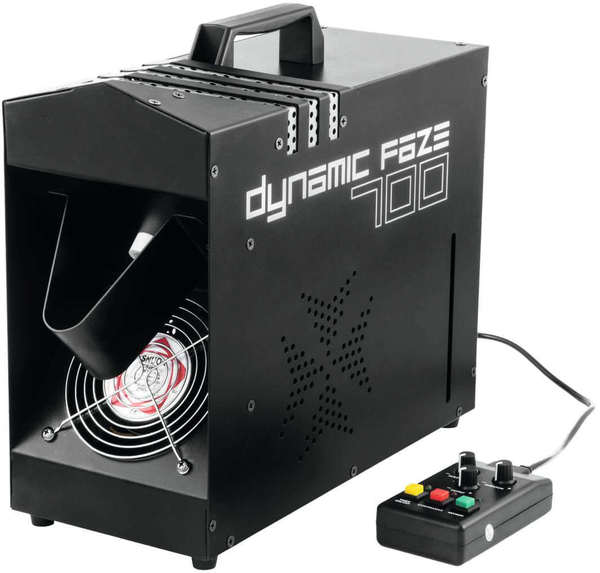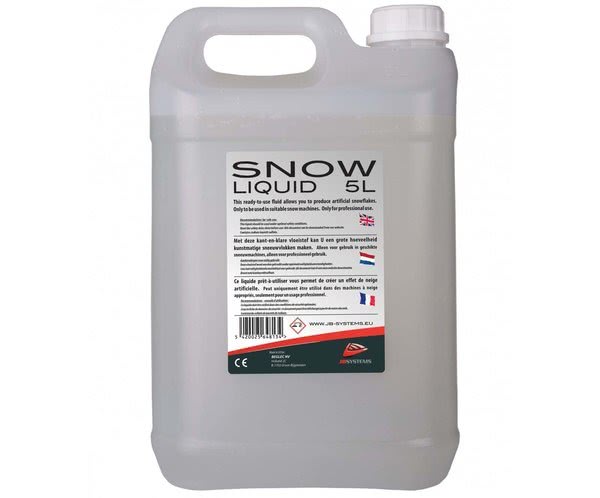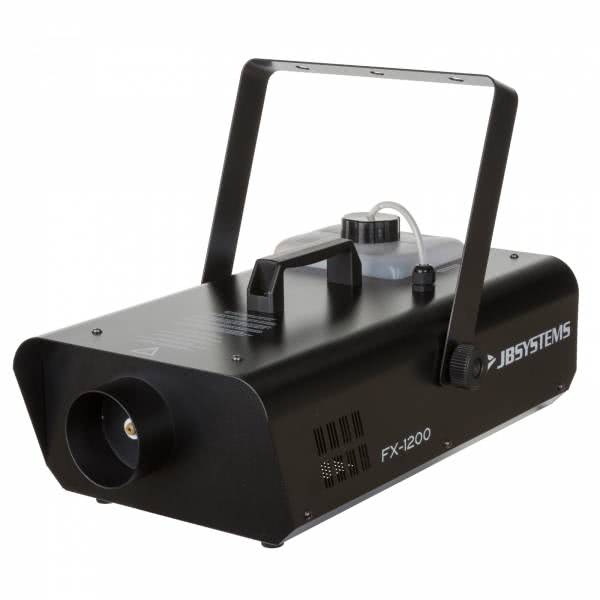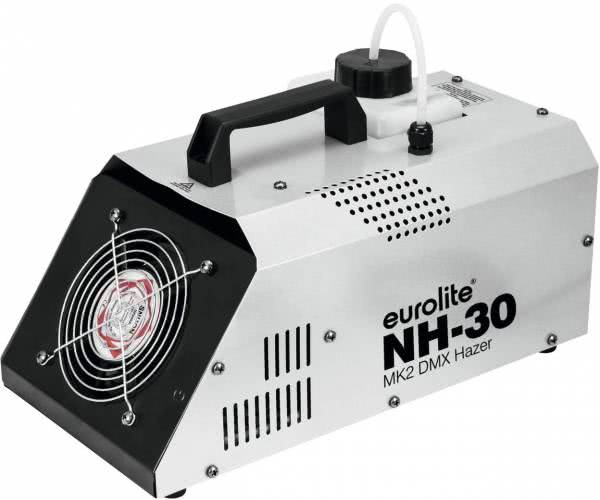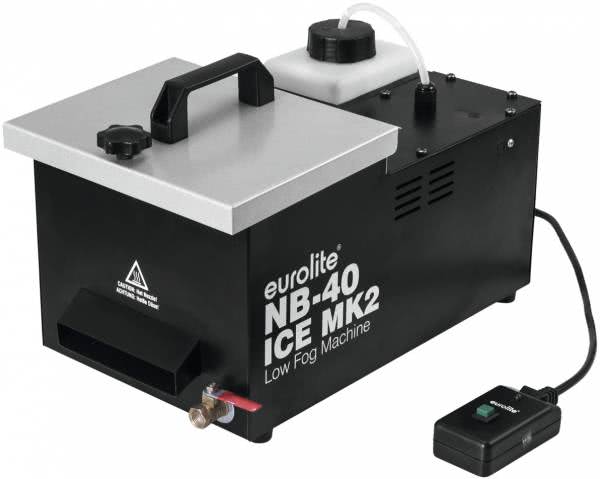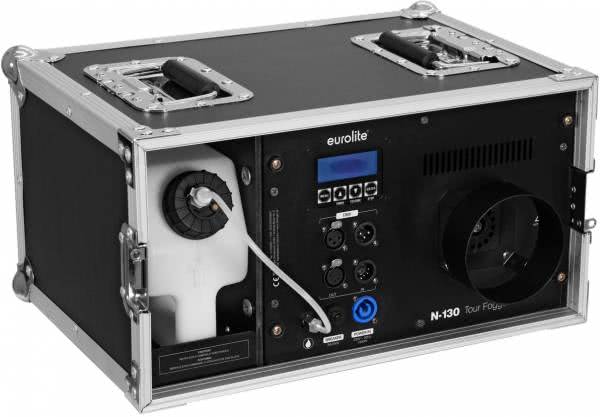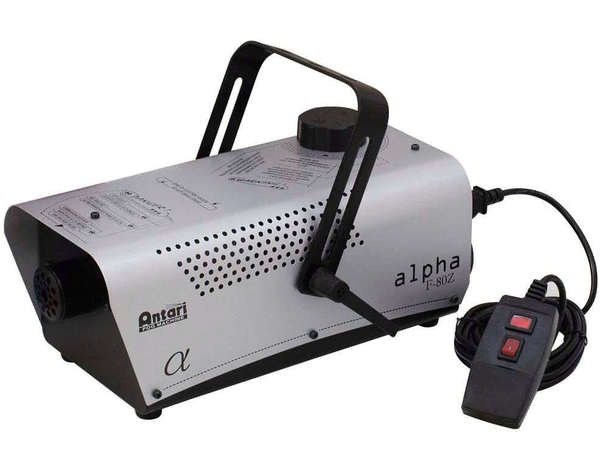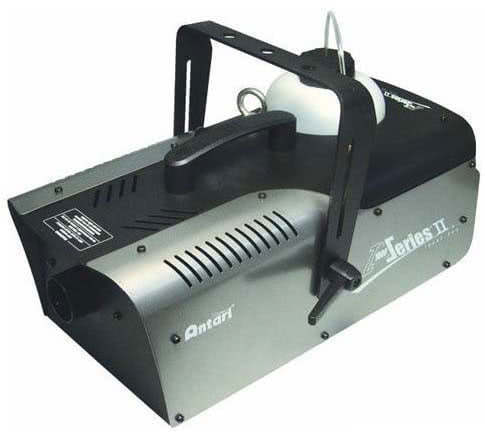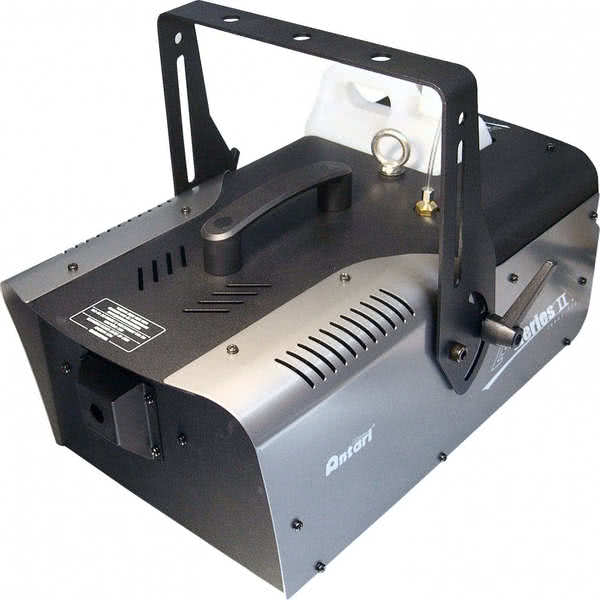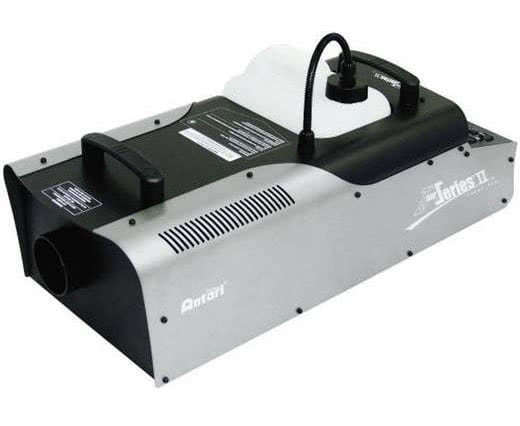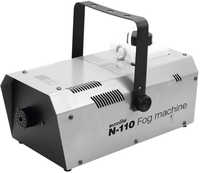 Artificial fog is the means of choice to give your light show the necessary something. Only when the light can be refracted by air particles, the light beam becomes visible in the room. In this way, impressive effects can be created even with a minimalist lighting set-up.
Artificial fog is the means of choice to give your light show the necessary something. Only when the light can be refracted by air particles, the light beam becomes visible in the room. In this way, impressive effects can be created even with a minimalist lighting set-up.
Fog is indispensable for laser shows, but all other effects also look much more impressive with fog. Whether in the club or on the concert stage: a fog machine is part of the basic equipment.
How does a fog machine work?
The most important component of a fog machine is the heating element. Here a fluid is heated up so that it evaporates. The resulting fog then enters the room through a nozzle. In principle, the fog consists of very small water droplets, which are prevented from evaporating too quickly by some additions to the fluid. Fog fluid is a consumable product, so you can try out in peace and quiet which one you like best. It is also possible to experiment with scent additions.
What power do I need?
From a power of about 400W on, fog machines are suitable for room sizes of about 20qm. For large clubs or concert stages there is the power class 1500W upwards. When choosing the power class it is better to think a little bit bigger than too small. Fog machines must warm up before they are ready for use. Higher power classes are therefore able to produce large amounts of fog faster and longer. It is better to reduce a fog machine with a high output than to operate one with a low output permanently under full load.
Fog or Haze?
A distinction is made between white, dense fog and fine, almost invisible haze. Haze is very well suited to make light rays visible without "fogging" the room too much. Devices that produce a mixture of the two are called Fazers, composed of Fogger and Hazer.
In the case of ground fog, the mixture is cooled down considerably using ice cubes or dry ice. This creates a dense, white fog that stays on the ground because it is colder than the air.
What do I have to look out for when I want to buy a fog machine?
- Size: Do I want a mini fog machine or a large stage fog machine?
- Performance: What size of room do I want to fog?
- Fog fluid: Is the fluid suitable for my application?
- Control: Is there a remote control or a DMX connection?

